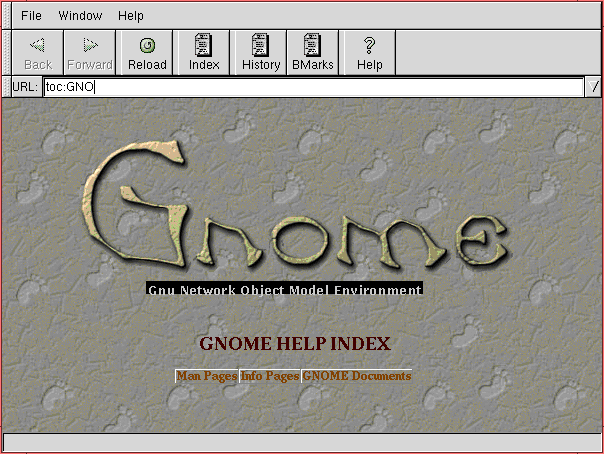Figure 2-1. GNOME help browser — initial screen

| Introduction to GNOME | ||
|---|---|---|
| Prev | Next | |
I will now give a very brief description of what you can do with some GNOME programs. I have chosen those GNOME programs which appear to be reasonably stable; these might be the same programs which are being included in the Red Hat Linux 5.1 distribution, but that is not clear at this time.
GNOME has a help browser which allows you to view documentation in several formats, including UNIX man pages, GNU info files and HTML documents. The documents are shown with an HTML rendering widget, so any documentation format that can be translated into HTML could be rendered with gnome-help-browser.
You can invoke the help browser from the penel or from the shell by typing
$ gnome-help-browser &
The initial window you get is shown in Figure 2-1
The help browser is well documented, so once you are in it you
can click on the help icon (which looks like ![]() ) and see the
help browser's online help. I will only add one more tip on
using the help browser: you can invoke it from the command
line directly and give it a file URL, which has to be a
complete path to the file. So if you have just written or
generated a web page, you could view it with by typing
) and see the
help browser's online help. I will only add one more tip on
using the help browser: you can invoke it from the command
line directly and give it a file URL, which has to be a
complete path to the file. So if you have just written or
generated a web page, you could view it with by typing
$ gnome-help-browser file:<full-path>/file.html
or more conveniently$ gnome-help-browser file:`pwd`/file.html
You can see an example of invoking the help browser on a file in Figure 2-2: it is a snapshot of the top level of this document as I am writing these paragraphs. I invoked it with
$ gnome-help-browser file:`pwd`/gnome-intro/book01.html
| Prev | Home | Next |
| Using GNOME's internationalization support | The panel and its applets |